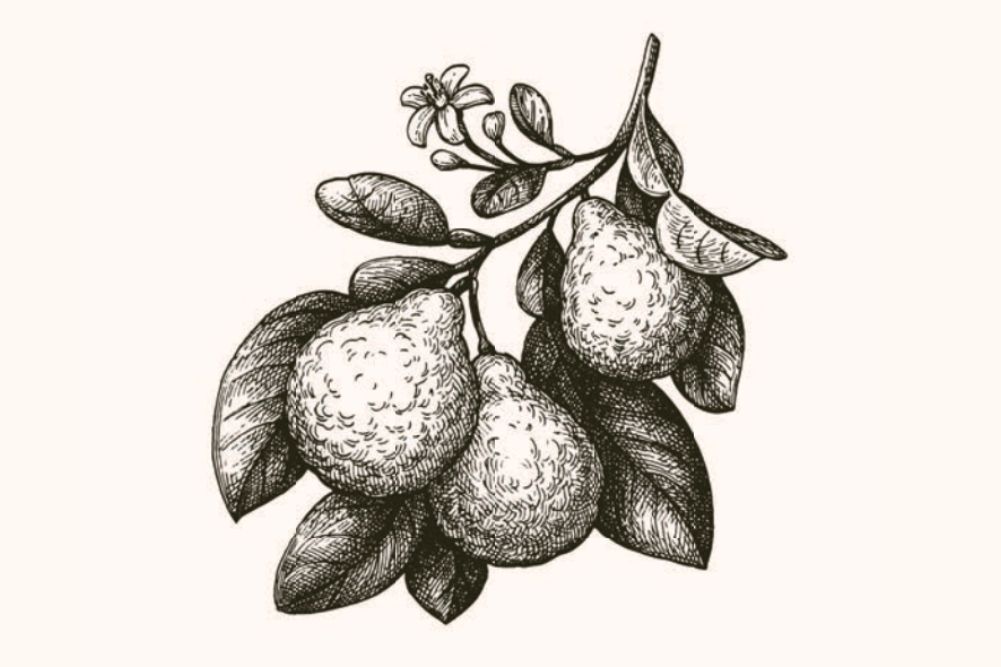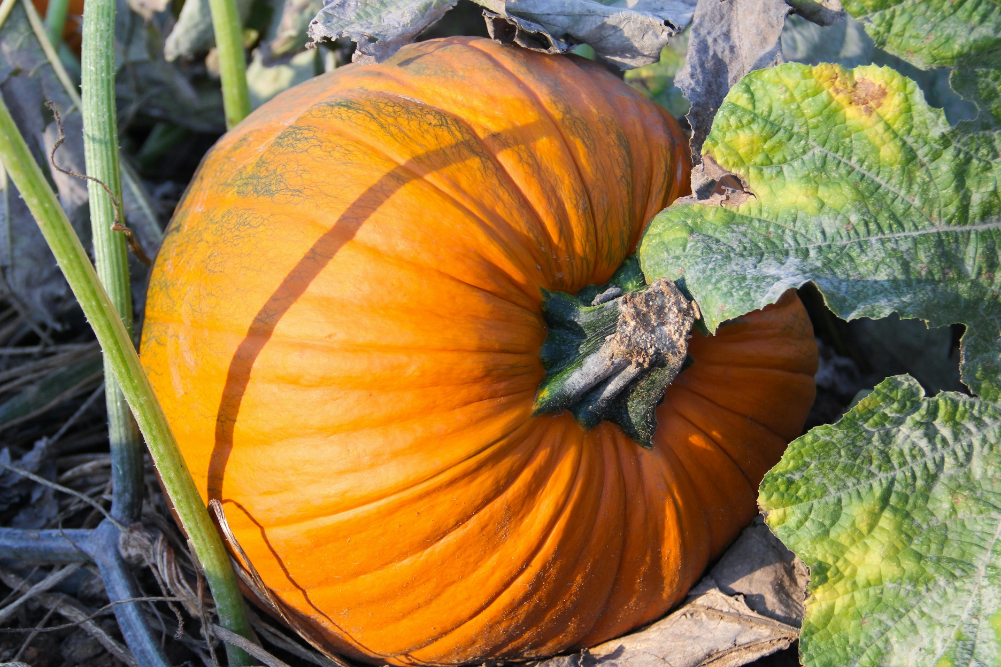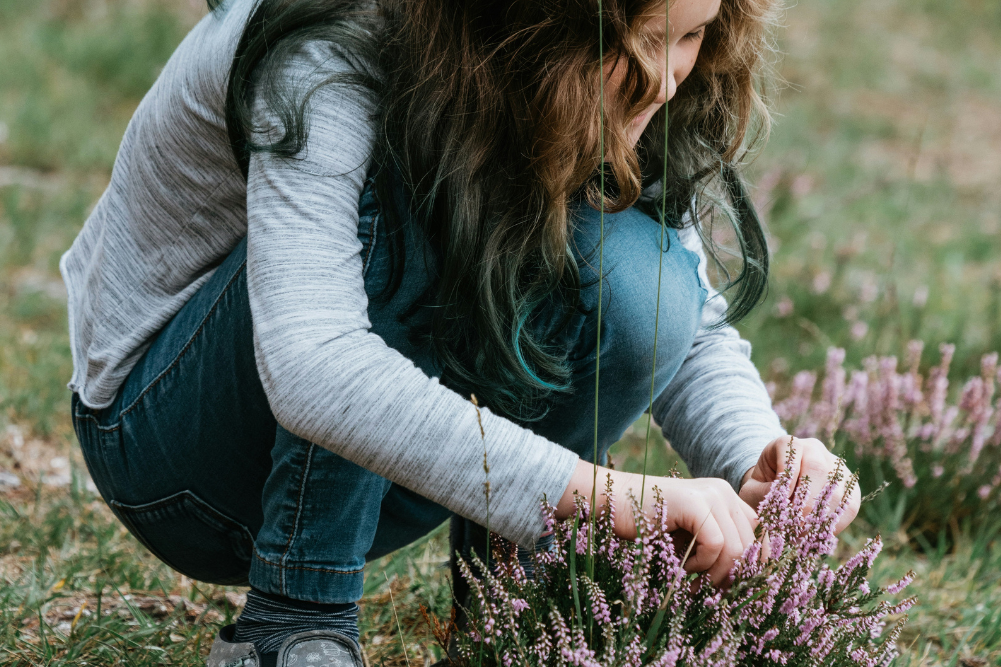The heart of a garden
The kitchen is the heart of our house, and the table the centre of the kitchen. When I think about our garden, though, the heart isn’t the vegetable garden, even though that’s the bit that gets the most work, but the rocks: the giant flat-topped “table rock” that Bryan spent three years winching into place, a few centimetres every day; the Stonehenge-type rock seats around it, the retaining wall, rock wall, the rock steps up to the house. We didn’t have much money when we began the garden, but we did have lots of rocks.
Every garden needs a centre. In the Eastern tradition, this often is rock — boulders carefully placed to mimic mountains in the landscape, always placed as they were naturally so they emanate security and a sense of solidity and peace. You don’t get much more solid than a boulder — a real one. The fake ones may look realistic but they never feel the same.
The “heart” of a Garden depends on its size, shape and what you love. The centre of a friend’s garden is her massive pear tree, a hundred years old, once inhabited by termites (she evicted them, but not the possum that hangs around there, too), fragrant with blossom every spring and richly hung with fruit in summer. She has cosseted it for decades, spraying its leaves with seaweed fertiliser and dusting flour over its pear and cherry slug (nothing toxic in case the possum nibbles it, too). It’s at the far end of her backyard and everyone’s gaze is drawn through the garden to where it stands, like a guardian.
The centre of a friend's garden is her massive pear tree … It's at the far end of her backyard and everyone's gaze is drawn through the garden to where it sits, like a guardian.
The courtyard garden I visited last weekend had a small snow gum as its sculptural centre — every snow gum’s branches twist in a unique way, depending on winds and moisture and how freezing the winter is. Try a lemon gum in warmer climates, or a red-flowered gum, or whatever tree will fit your garden and that you love. (I’d grow a spotted gum outside my study window, but it’s too cold here, plus it might drop branches on the house.)
The best “centre” tree will be beautiful in every season with structural beauty if it loses its leaves in winter. If I had a small garden in a cold climate rather than a rambling one that has grown over nearly half a century, I’d choose a medlar with butter-yellow autumn leaves and winter hanging fruit. In a warmer climate it would be a persimmon: naturally perfectly shaped, a ring of flagrant red orange autumn leaves for weeks after they have fallen from the tree, as well as the orange glory of the fruit. Hotter and dryer? Try a pomegranate — once again, four seasons of Beauty, and you get the fruit. In a tropical climate I’d go with a line of date palms, male and female for pollination, high enough not to block breezes from the house or increase humidity, and, once again, fruit.
In the 1950s and early ’60s, no garden was truly respectable without a “weeper” in the middle of the front yard, neatly standing to attention surrounded by immaculate lawn. Sometimes it was a weeping cherry or weeping apple, but more often it was a weeping rose to show that the occupants were affluent enough not to have to fill their garden with edibles. My favourite “centre weeper” rose is Bonica, blooming pinkly in repeated flushes all the warm months of the year. No, let’s be honest, the only centre weeper rose I know is Bonica — my other favourite roses are ramblers winding up trees or along fences, or pillar roses up a pergola then sprawling over the wood shed.
Thankfully, the neat-lawn-and-one-gorgeous-centre-planting era is long past. A hedge of olive trees or cumquats is extremely fashionable out front, with perhaps an ornamental potage bed of perennial chillies with their fire-coloured fruit and an understorey of frothy parsley, or ornamental cabbages in pink, blue, grey and yellow, cherry tomatoes in red or yellow, red frilly lettuce or a mix of vegetables and nasturtiums or Californian poppies to help diversity and disguise the scent of veg from pests.
An adobe woodfired oven, a small fountain … or a raised patch of immaculate green lawn … all can successfully give a garden heart.
The “nice and neat” look was followed by “native gardens” of mulch and often incompatible shrubs that grew shaggier and messier till, finally, gardeners realised that while unpruned natives look gorgeous in their native bush, in a small garden they need trimming to look truly glorious — and live longer, too.
Like our rocks, the centre doesn’t have to be living. A friend’s smallish garden’s centre has spiralling paving mandalas. An adobe woodfired oven, a small fountain — or a vast progression of them if you’re Versailles — or a raised patch of immaculate green lawn … all can successfully give a garden heart.
How do you choose? Most of us have grown up with what we think of as a “proper” garden. Break the stereotype and think of the garden you truly love. Mooch along your favourite streets to see which kind sings to you: fruit and vegetable abundance, obsessive-compulsive neat rectangles of marigolds or zinnias (in straight lines, too), a miracle of roses …
Once you have the style, think what should be its centre: earth, water, leaves or flowers, a tree, whatever the eye will be drawn to that will combine many plants, fences, walls etc into one single entity: a garden.
And if you ever walk up to a front door without stopping to gaze for just a little at the garden, or sit with a cup of tea in the backyard without your eyes lingering, then the garden lacks a centre and needs a heart.








